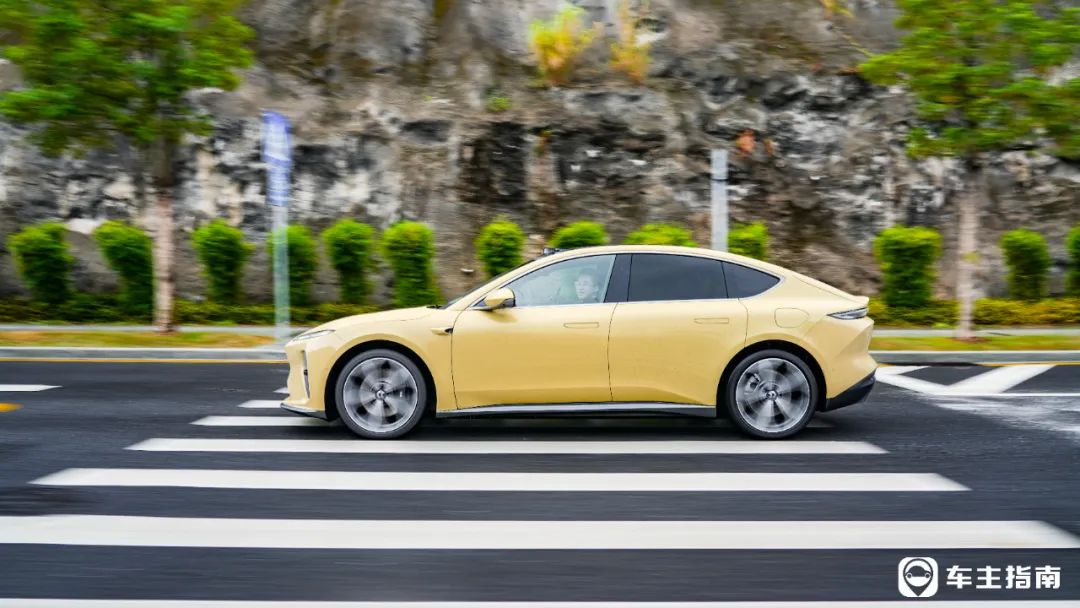Author: Jingtao Wu
Photography/Post Production: Weijia Lu
The longboard is very long, and the shortboard is obvious, but the overall strength is still strong!
If I have to choose the most anticipated new energy vehicle this year, as an owner of an old fossil fuel car (Lynk & Co 03+), the BYD Dolphin and NIO ET5 are definitely the top models in the pyramid.
During BYD’s test drive event at the end of September, the performance of the Dolphin caught my eye and pleasantly surprised me. And after participating in the test drive event of the ET5, Mr. Chen also gave it a very high evaluation.
Our editorial department did not have the opportunity to test drive the ET5, so we could only wish for it and look forward to its arrival day after day. During this period, I almost wanted to block the keyword “ET5” on social media, because its popularity was so high that there seemed to be no escape from its content.
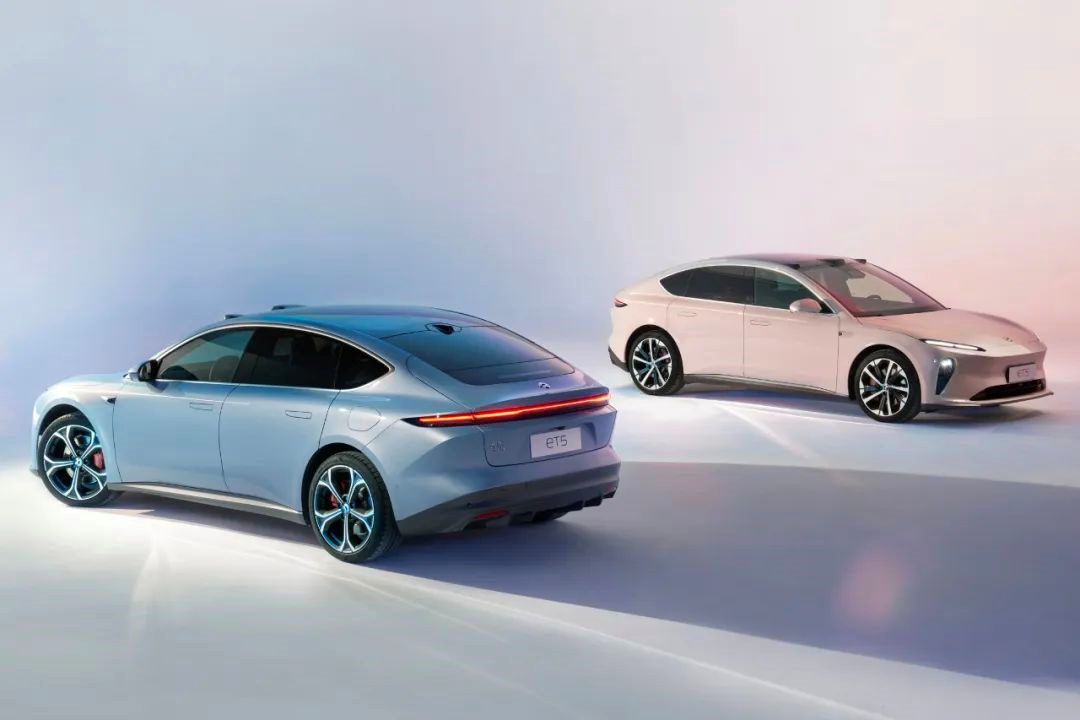
Finally, last week, we received the ET5 test drive car. After experiencing it in a real-world environment for a few days, in today’s article, I want to share with you my understanding and feelings about this ET5 from three stages: online research, in-store static experience, and deep dynamic test drive.
Good in every aspect
Since its official release at NIO Day at the end of last year, to the exhibition in-store in September of this year, in the past six months or so, whenever I saw the ET5 through the screen, my thoughts can be summarized in four simple and direct words – “good in every aspect”.
What is good about it? After a brief analysis, I think there are the following two points:
First of all, the appearance. I believe that the first reason why most friends who like the ET5 are attracted to it is because it is good-looking. Especially the “space blue” body color that was first introduced at the launch event. The color contrast is extremely high in the studio, and the texture of the car body is simply “explosive.”By far, NIO definitely excels at color matching among all the domestic brands, if not globally.

The front face of ET5 still adopts NIO’s iconic X-Bar design language, which is succinct and not monotonous. The increased width (1960mm) gives ET5’s front end more visual impact.
With a length of 4790mm, it falls between the standard and extended axes of the BMW 3 Series. However, the use of a two-door Fastback design at the rear makes ET5’s side profile look compact and dynamic.
Even after getting used to the elongated wheelbase of B-class cars in China, the compact and flowing lines of ET5’s side profile often make me think that it is a sporty A-class two-door car.
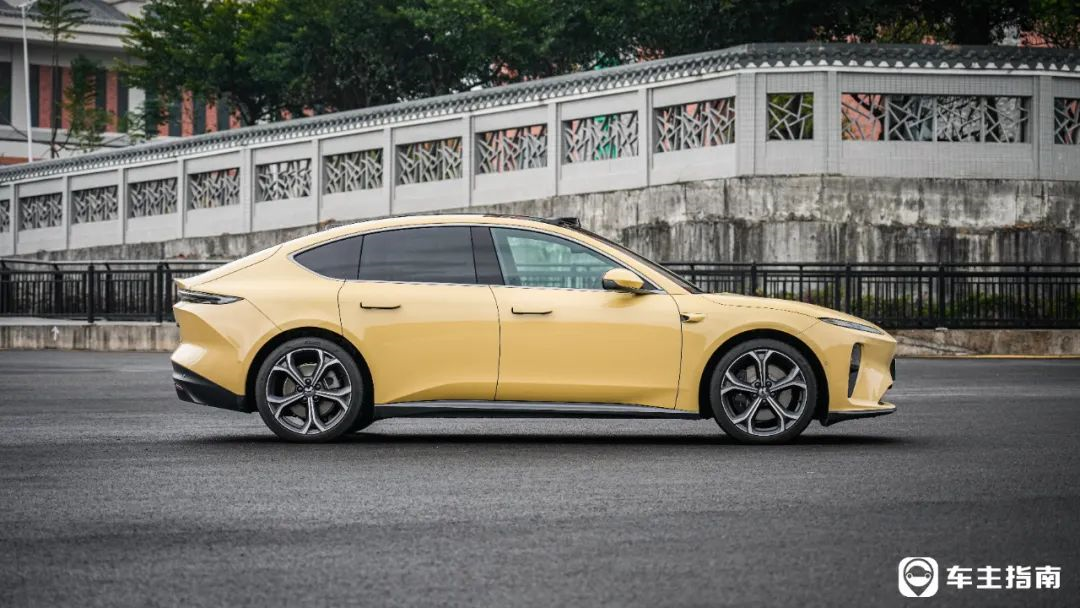
The rear design is the most outstanding and “likes increasing” part of ET5, and the Fastback tail lines are definitely the icing on the cake for ET5’s exterior design.
Together with the through-type taillight group, the entire rear is simple and distinct, creating a sports atmosphere while not lacking visual texture.

If I had to vote for the “Best Exterior Design of Domestic Brands of the Year,” my vote definitely goes to ET5.Next is the cost-effectiveness. Besides the attractive exterior and interior design, the “paper data” of ET5 is also impressive.
In terms of power, it is equipped with front and rear dual motors, with a maximum power of 360kW (490ps), and can accelerate from 0 to 100km/h in just 4 seconds.
In terms of configuration, it comes with standard front and rear five-link suspension, front 4-piston brake, frameless doors, electric suction doors, laser radar, 7.1.4 speaker sound system with 23 speakers, and so on.
The ET5 75kWh battery version is priced at 328,000 yuan before subsidies.
If you choose the BaaS battery rental plan, you can get a discount of 70,000 yuan and the pre-subsidy price is only 258,000 yuan. (Monthly battery rental is: 75kWh for 980 yuan, 100kWh for 1480 yuan)
Even without considering the advantage of NIO’s self-operated battery exchange network, based solely on its performance and configuration, the cost-effectiveness of ET5 is already in a class of its own among models in the same price range.
Therefore, at this stage, my opinion on ET5 is – it looks great no matter how you look at it, and I like everything about it.
Something “irresistible”
This “passionate love” feeling lasted for almost half a year, until the NIO House in the shopping mall near my house finally displayed the ET5 showcase around the time of the Mid-Autumn Festival, and I promptly took my friend inside for a static experience.
When I opened the car door and sat on the seat, I felt “a bit low”.
The reason is clear- “sitting posture”, more accurately, the platform height is too high, leading to a series of sitting posture problems.
Although I drive a Volvo S60, which has a higher basic seat height, when I sat in the driver’s seat of this ET5, I could still intuitively feel that the driving posture of the ET5 is significantly higher.

Moreover, due to the relatively low height of the ET5’s instrument panel and front hood, coupled with the high platform, in comparison, it further enhances the subjective feeling of the high driving posture of the ET5.
For a new car with a dynamic appearance and decent performance, this “imperfection” is bound to cause some disappointment for me.

However, the range and amplitude of the front seats’ adjustment are large, so as long as it is not to pursue an extremely low and sunken sitting posture, by adjusting the seat height, it is still possible to find a relatively suitable driving posture.
But in the back seat, due to a series of problems caused by the high platform, it has greatly affected the seat experience of the ET5’s rear passengers.
When sitting in the back seat of the ET5, the first problem that will be noticed is that the feet of the rear passengers cannot be placed under the front seat.
I personally speculate that due to the higher chassis of the ET5, the basic height of the front seats has been lowered to ensure head space for front passengers. Therefore, the bottom of the front seats, which on other models could accommodate passengers’ feet, no longer has enough space to store shoes on the ET5.
This causes the feet of rear passengers to be placed behind the front seats, resulting in an uncomfortable leg posture when seated, as demonstrated in the image.

Due to the overall position of the feet and lower legs being farther back when seated, the angle of the knee joint between the lower and upper legs becomes smaller. This causes the front section of the rear seat cushion to not fully support the thighs of passengers, creating a “vacuum zone” that can lead to fatigue with long-term seating (although it may be difficult to fully comprehend from text alone, we highly recommend that you experience this in person at our dealership to fully understand).
Furthermore, due to the need for exterior design considerations, the ET5 has a height of only 1499mm, combined with a high ground clearance. Both the head space in the front and rear seats are relatively tight, and friends over 175 cm tall should especially take note of this.

Falling in Love AgainTime flies, it’s already November. We finally got our hands on the test drive of the ET5, and it’s in the popular “Cloud Yellow” color.
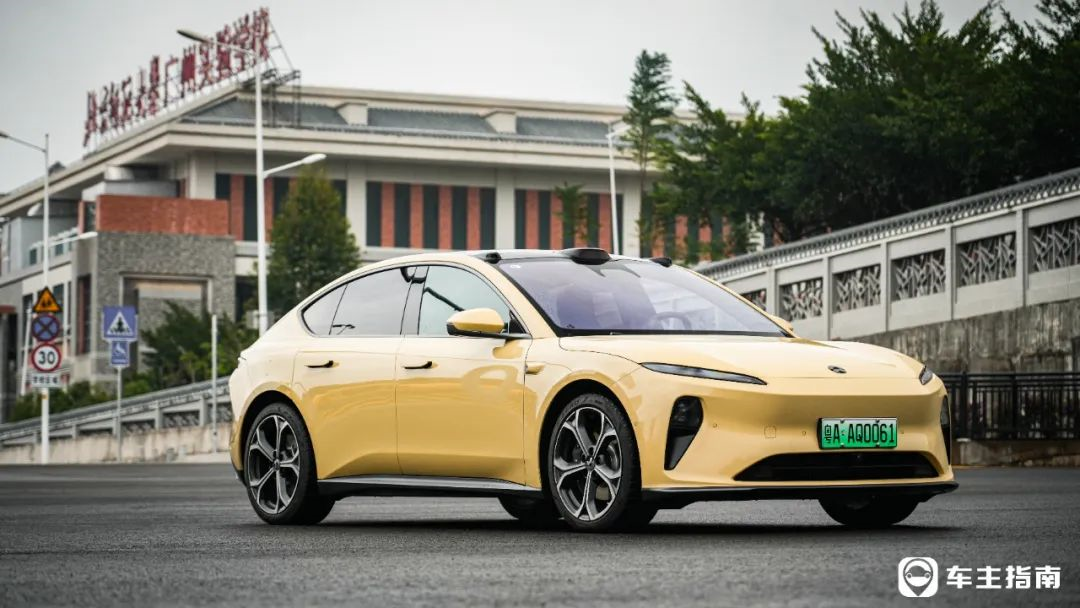
As usual, let’s start by listing some basic information about our test drive car.
The ET5 we have is equipped with a 100kWh battery pack and has an official CLTC range of 640km.
It also has optional 20-inch five-spoke alloy wheels with Pirelli P ZERO tires in size 245/40 R20.
After driving and experiencing this car deeply for a few days, the impressive performance of the ET5 in dynamic driving once again amazes me.

Firstly, the performance of the two-pedal system (acceleration, braking and regenerative energy) is excellent and leaves no room for doubt.
Looking at the specifications, the four-wheel drive, dual-motor, nearly 500ps horsepower and a 0-100km/h acceleration time of 4.0 seconds are absolutely impressive, even for cars in the same price range, and can even be a “talking point” for its power performance.
This ET5 has five driving modes: Energy Saving, Comfort, Sport, Sport+, and Custom. In custom mode, you can choose from five power levels: 4.0 seconds, 5.9 seconds, 7.9 seconds, 9.9 seconds, and 12.9 seconds.
As long as it is not in the energy-saving mode, the power of this ET5 is more than enough for daily commuting, with supercar-like speed and smooth acceleration. When the sport + mode is turned on, the ET5 can bring a strong sensory stimulation with full power output acceleration.
While having powerful power reserves, the response of the ET5 accelerator pedal is also quite linear. Even if the power is set to the strongest 4.0 second level for daily commuting, the power output of the accelerator pedal is still very adaptable. It belongs to the type that is easy to drive, with strong power but not excessive.
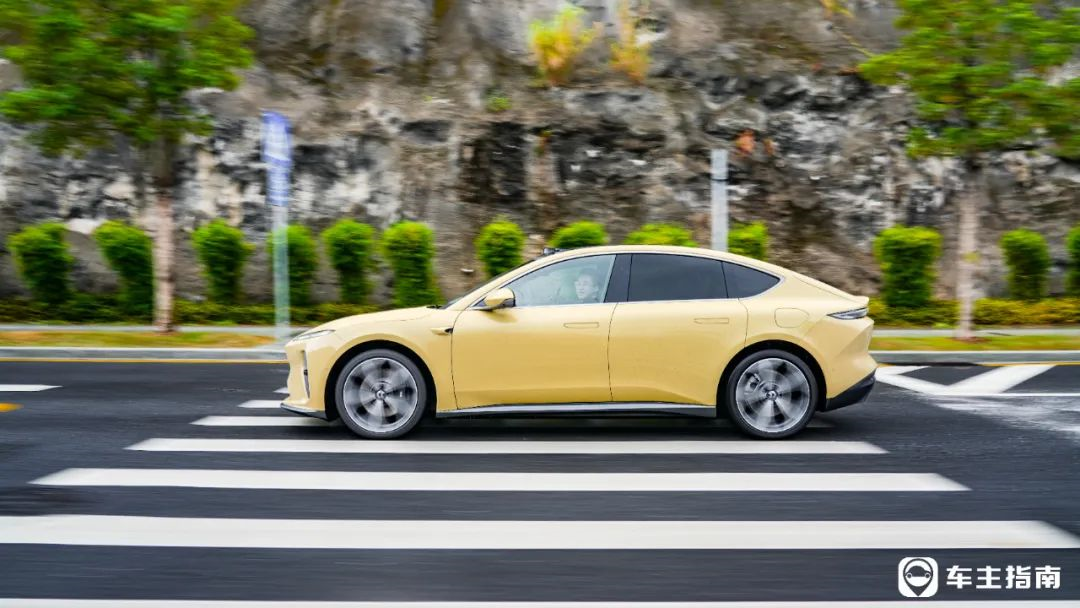
Friendly reminder: for the sake of the riding experience of other passengers on the car (to prevent the iron fist of the rear passengers), it is recommended to set the driving mode to comfort or sport for daily commuting.
Due to the typhoon in Guangzhou these days during the test drive, with constant rain and water, the acceleration and braking results of the ET5 were not separately tested.
Although the braking has not been separately tested, the set of front 4-piston brakes developed by NIO, carried by the ET5, has received unanimous praise from our editorial department colleagues for the brake pedal feel. NIO officials stated that this self-developed brake system has reached the same level of performance as Brembo, with a braking distance of only 33.8 meters when braking from 100km/h.
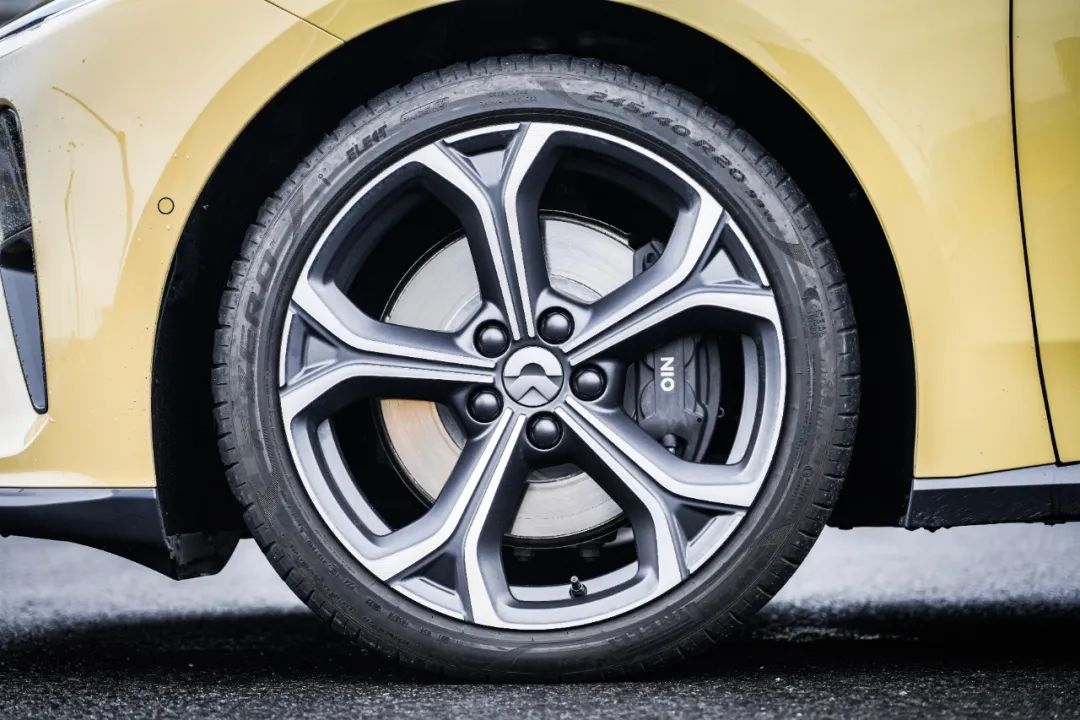 In actual experience, the braking force of the ET5 brake system is quite sufficient, with a very short “free travel” of the brake pedal, and the braking force comes immediately. However, unlike some “neurotic” modified brakes we’re familiar with, this brake system not only responds quickly, but also releases the braking force in a fairly linear manner, significantly enhancing the subjective confidence of driving the ET5.
In actual experience, the braking force of the ET5 brake system is quite sufficient, with a very short “free travel” of the brake pedal, and the braking force comes immediately. However, unlike some “neurotic” modified brakes we’re familiar with, this brake system not only responds quickly, but also releases the braking force in a fairly linear manner, significantly enhancing the subjective confidence of driving the ET5.
In terms of kinetic energy recovery, the ET5 offers three levels of recovery adjustment. In the “extremely low” and “low” modes, the recovery force is quite gentle, with low presence of kinetic energy recovery.
In standard mode, when the accelerator pedal is released, although the vehicle can be felt braking, there is no discomfort in the process.

Regarding the performance of the dual-pedal system, the ET5 continues to deliver high-level performance seen in NIO’s recent models, which meets our expectations and is hard to find fault with.

However, with regards to chassis tuning and steering feel, the ET5 is significantly more uncertain than its predecessors.
As we know, the ET5 is the first NIO model to use non-air suspension, and it should be noted that the chassis tuning levels of both the “866” model of the NT1 platform and the ET7 of the NT2 platform underwent a “climbing period” after official delivery.
 For ET5 which adopts the traditional mechanical spring structure, if the calibration level is not ideal during delivery, there will be no chance to adjust it with OTA upgrade.
For ET5 which adopts the traditional mechanical spring structure, if the calibration level is not ideal during delivery, there will be no chance to adjust it with OTA upgrade.
After a few days of in-depth experience, this doubt has gradually been dispelled.
Firstly, in terms of overall calibration style, the chassis calibration of ET5 and the familiar Tesla Model 3 are completely two different orientations. If we quantify it in proportion, Model 3 will be 80% sports and 20% comfort, while ET5 is 60% comfort and 40% sports.
This is similar to the chassis orientation of my Lynk & Co 03+. Both seek sports performance on the premise of ensuring chassis comfort.
During daily driving, ET5’s chassis performance is quite good. Although the 40% sports orientation still transmits road information more clearly, these information will obviously be filtered to “shield” those that may cause discomfort and interference as much as possible.
Whether it is over the speed bump or potholes on paved roads, the handling of the ET5 suspension is resilient, and the riding experience of the chassis is significantly better than the Tesla Model 3.
In terms of handling performance, due to the use of a more powerful rear motor (front 150kW induction motor, rear 210kW permanent magnet motor), the theoretical driving characteristics of this ET5 will be more biased towards rear-wheel drive. Coupled with a more compact body size and a suspension that can provide good support in both lateral and longitudinal directions, this ET5’s handling performance is also excellent.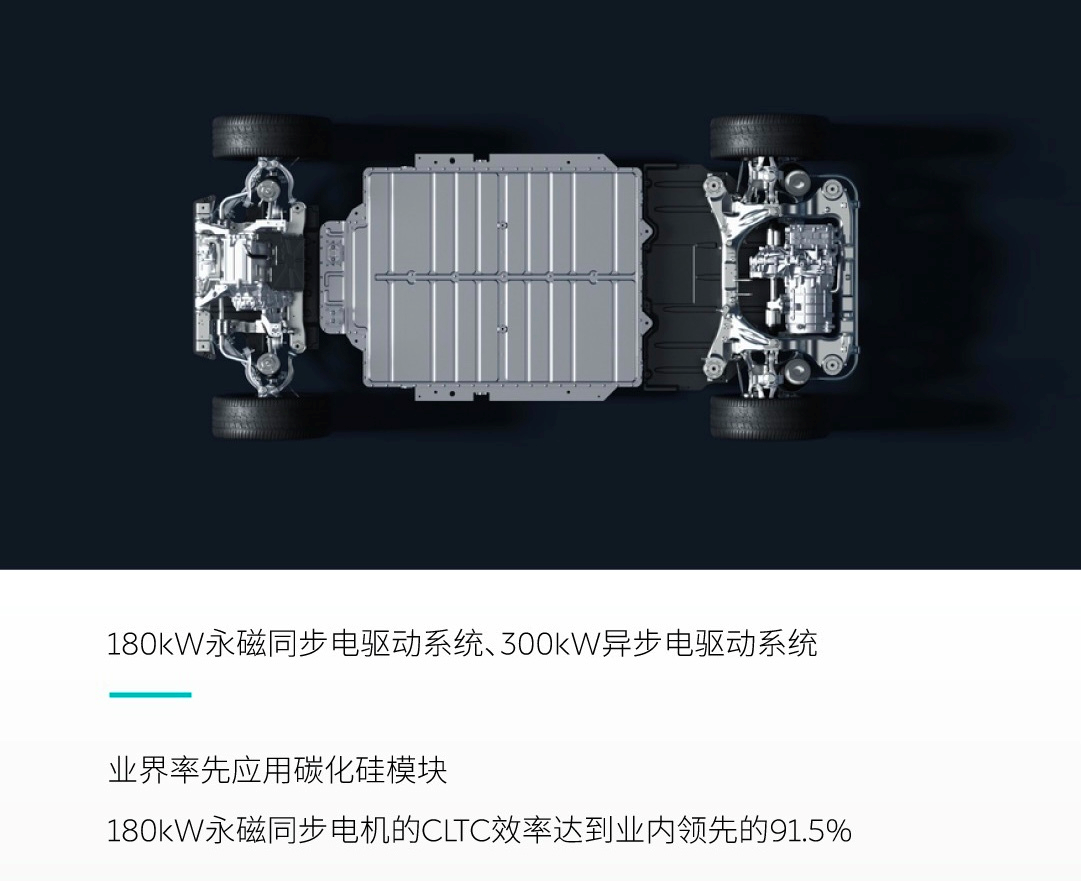
It won’t actively provoke you to drive aggressively, but when there’s a need for it, the ET5’s chassis and power performance won’t be timid.
If I had to point out one noticeable weakness in the ET5’s driving, I would say it is the steering feel. Compared to the chassis’s high balance, the steering feel of the ET5 is quite biased. Weak directional stability and vague road feedback give the feeling that this is still a steering feel that is clearly biased towards “comfort” for everyday driving.

Although the ET5’s steering feel has three modes available for customization, adjusting it only increases the damping without corresponding feedback information and communication, and this steering feel adjustment is only a “barely adequate” existence.
If NIO can optimize the three steering modes of the ET5 in the future, strengthening the directional stability and road feedback in the sport mode, it is believed that the handling performance of the ET5 will be taken to the next level.
Apart from just the driving experience, after spending a few days with it, we also found that the ET5 is overall more complete than the ET7 of the same period. Whether it is the level of mechanical tuning, the level of assistance driving functions, or the experience of the intelligent cockpit, it has reached a relatively higher degree of completion.
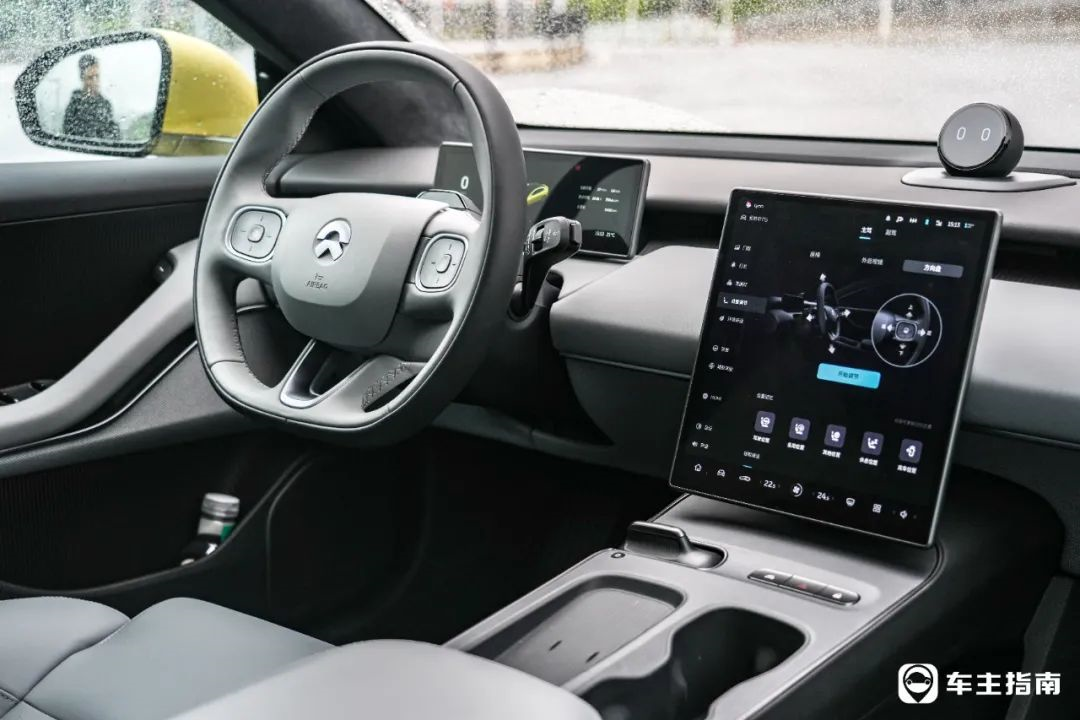 After several days of deep test driving experience, this ET5 has shown outstanding performance in daily use, once again impressing me.
After several days of deep test driving experience, this ET5 has shown outstanding performance in daily use, once again impressing me.
Who is it for?
Undoubtedly, “pride and prejudice” is a difficult problem that most of us need to constantly overcome.
For the ET5 with decent product strength and high cost performance, the biggest challenge at present may not be competitors or its own product strength, but the inherent “pride and prejudice” of many people towards independent brand “new forces”.
So, who is the NIO ET5 suitable for?
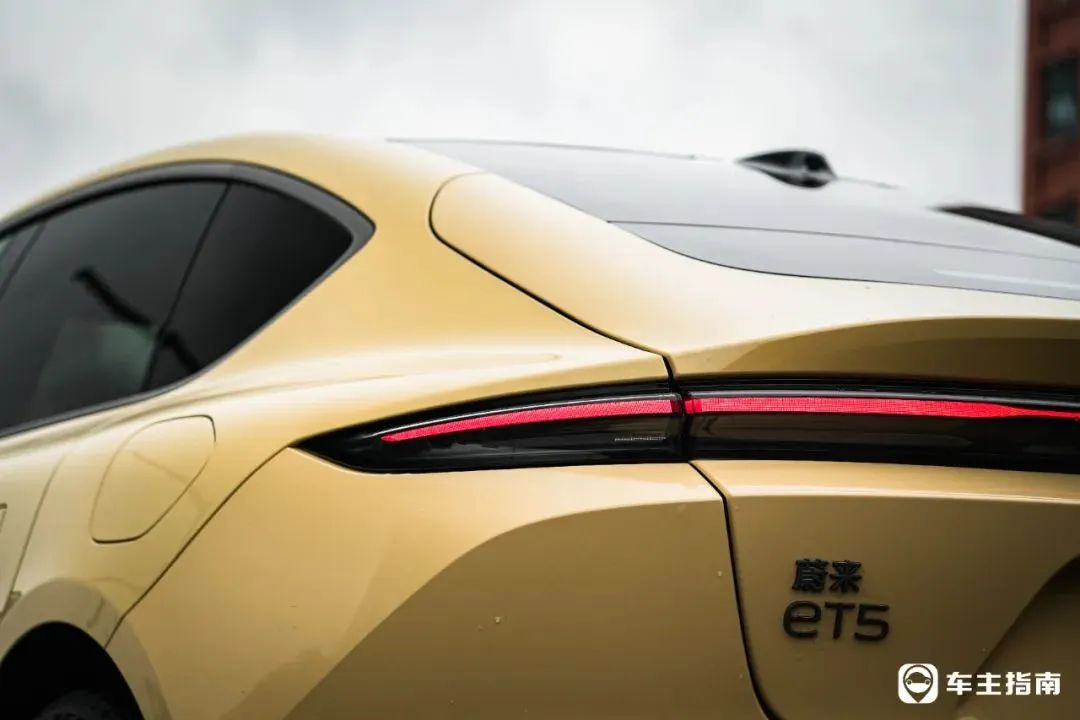
The first point is certainly to recognize NIO’s brand value and car-making philosophy. Otherwise, in the same price range, cars like Tesla Model 3, which pursue ultimate driving experience, and BMW i3, which focuses on brand and style, are more suitable for these people.
And if you don’t have this kind of “pride and prejudice” towards independent brand “new forces”, after these few days of deep experience, I believe that:
This NIO ET5 is the most comprehensive and cost-effective model in the same price range of 2022, with the greatest potential for upgrade and improvement in the future.
This car has a lot of strengths: outstanding design, strong power performance, highly balanced between sportiness and comfort, intelligent experience, energy supplementation advantages, and potential for future upgrades and improvements.

The shortcomings are also obvious: the high ground clearance leads to a deficiency in the riding experience, especially in the rear seat comfort aspect.But if it’s not due to a pressing need and you have a higher requirement for the ride experience of the rear seats, I believe that this shortcoming of the ET5 can be compensated for by its advantages and does not belong to “fatal flaws”. Therefore, if the shortcoming of the rear seats will not cause a “critical loss” in your driving experience, then I will firmly believe that — this ET5 is definitely the most recommended pure electric mid-size sedan in the 300,000 price range this year, without any doubt.
This article is a translation by ChatGPT of a Chinese report from 42HOW. If you have any questions about it, please email bd@42how.com.
